News & Events
Latest
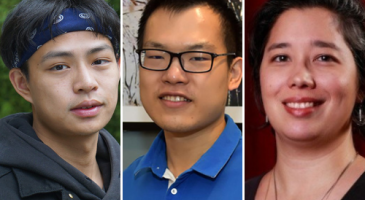
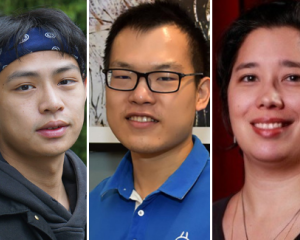
Congratulations to Department of Biostatistics members honored with 2021 School of Public Health (SPH) Excellence Awards. Recipients were honored publicly by the School in a congratulatory video.
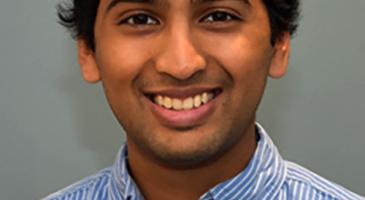
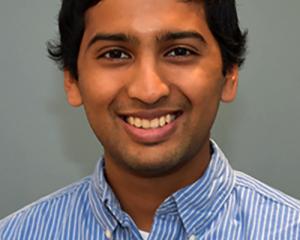
PhD student Subodh Selukar received a Thomas C. Chamlers Student Scholarship from the Society for Clinical Trials (SCT). He was one of three scholarship finalists invited to present at SCT’s annual conference in May, where his presentation earned him the $500 award for best paper.
Professor of Biostatistics and Statistics Jon Wakefield and biostatistics PhD student Serge Aleshin-Guendel developed a model to estimate global excess mortality that reflects the true COVID-19 death toll.
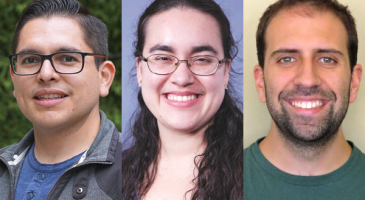
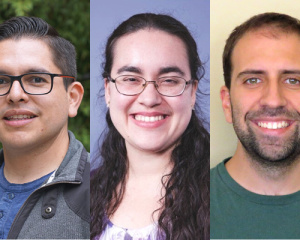
A group of graduate students with ties to Mexico came together in an effort to help people in that country understand its confusing COVID-19 detection program and formed an initiative committed to explaining complex scientific issues in everyday language.
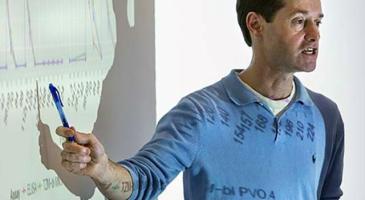
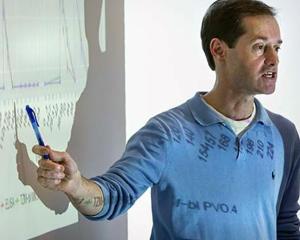
What level of antibodies protect against COVID-19? Researchers are rushing to find out
USA Today,
To prove their COVID-19 vaccines worked, companies had to enroll more than 100,000 participants in monthslong clinical trials. Next time, Peter Gilbert wants such tests to require only a few hundred people and eight weeks' time.